 |
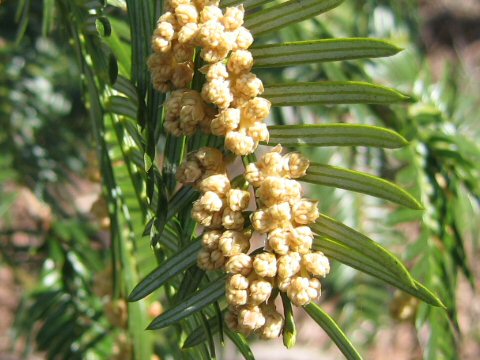

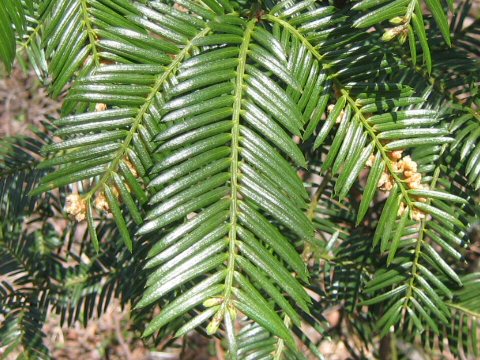

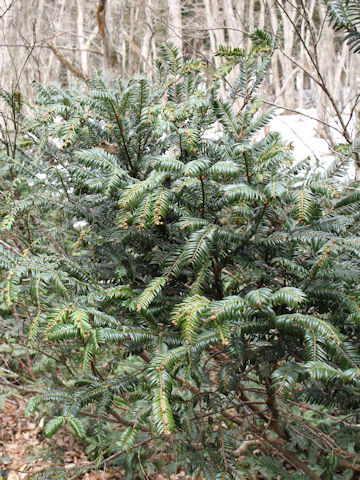

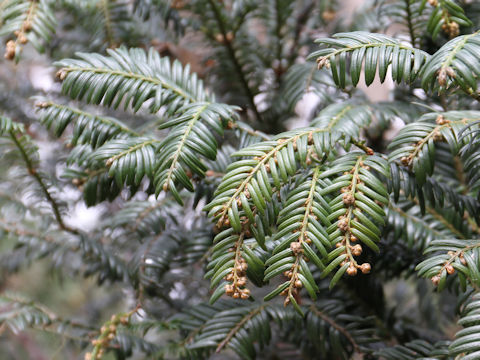

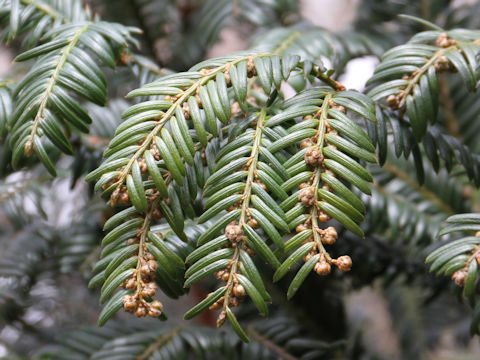

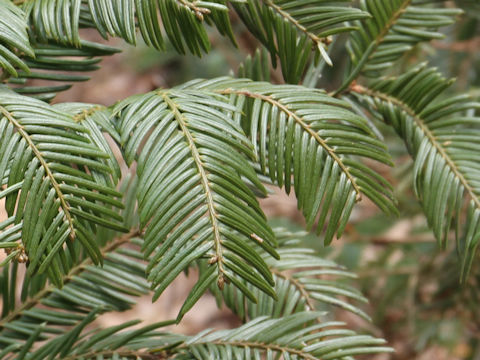

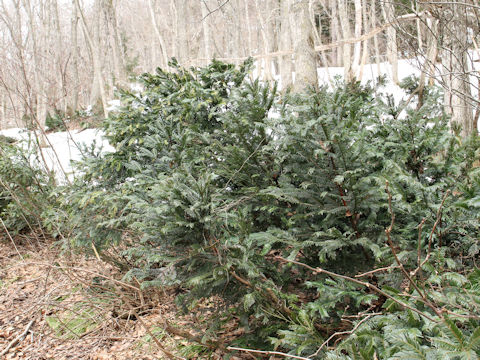

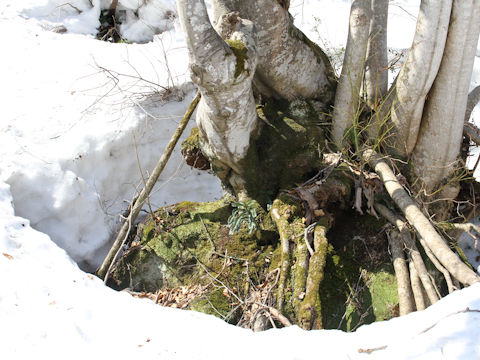

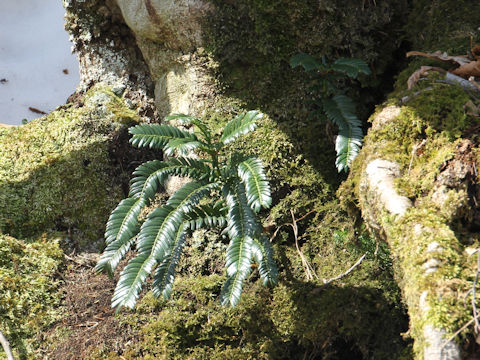

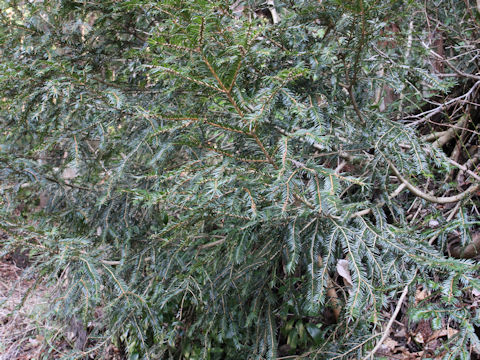

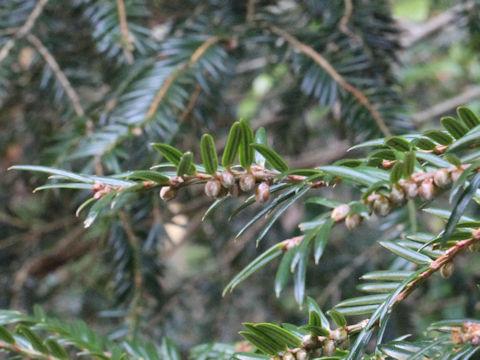

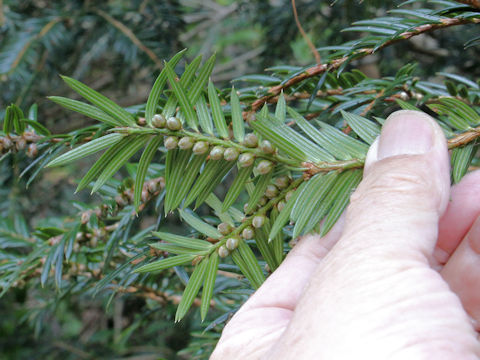

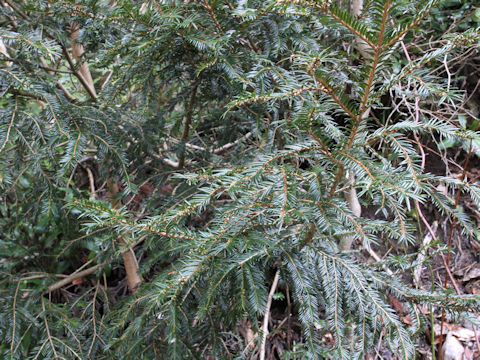

|

|
わが国の北海道西南部から本州の日本海側、それに四国の一部に分布しています。多雪地帯に適応した「いぬがや」の変種で、高さは1〜2メートルほどです。幹は斜上し、2列配列の葉が互生します。裏面には白い2条の気孔線があります。6月ごろ、目立たない花をつけ、果実は紅紫色に熟します。
|

|
イヌガヤ科イヌガヤ属の常緑低木で、学名は Cephalotaxus harringtonia var. nana。英名は Japanese plum yew。
|

|
The Japanese plum yew (Cephalotaxus harringtonia var. nana) belongs to the Cephalotaxaceae family. It is a small evergreen tree that is distributed from southwestern Hokkaido to the Japan Sea side of Honshu and parts of Shikoku. It is a variety that is adapted in the region of heavy snow. The trunk is ascending and can reach 1-2 m in height. The leaves are arranged in two rows with two whitish stoma lines on the reverse sides. The inconspicuous flowers bloom in June and the fruit ripens magenta.
|

|
[上・中1] 長野県牟礼村川上「むれ水芭蕉園」にて、2004年05月02日撮影。
[中2〜中6] 宮城県七ヶ宿町「玉ノ木原群生地」にて、2017年04月10日撮影。
[中7・中8] 山形県小国町小玉川にて、2018年03月28日撮影。
[中9〜11・下] 茨城県つくば市「森林総合研究所樹木園」にて、2024年11月29日撮影。
|














